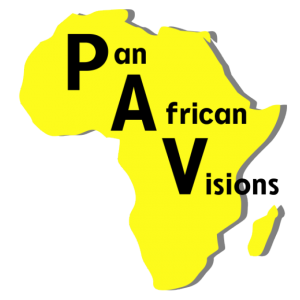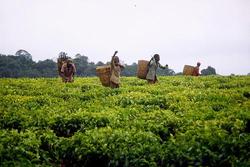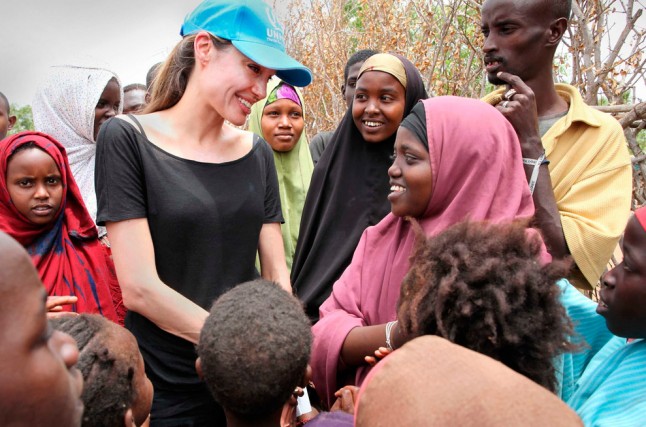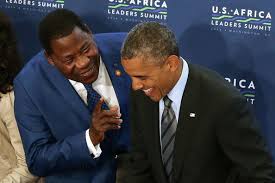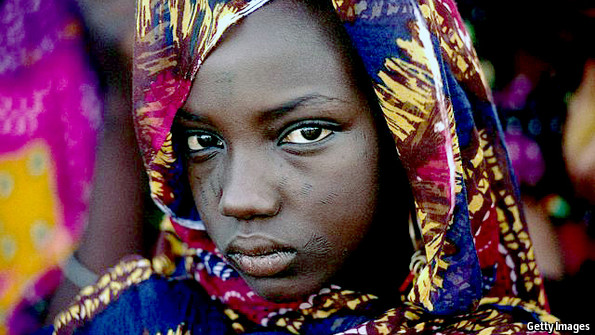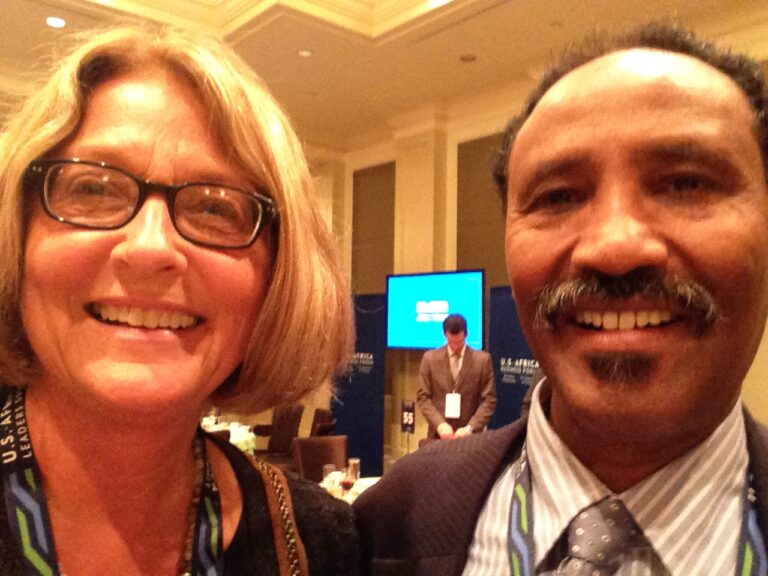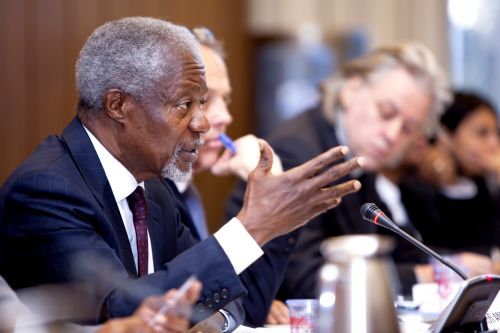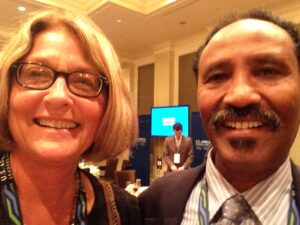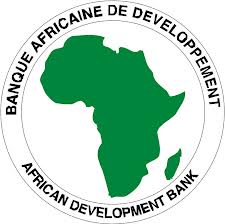Of particular relevance to West Africa is the opportunity to export textile and apparel – a sector clearly marginal in the AGOA export product mix to date, despite its great potential. West Africa is the
second-largest regional group exporting cotton, providing 11% of the world trade in the commodity; a major source of agricultural income, it provides up to 12.7% of the agricultural value-added in Mali, 7% in Burkina Faso – most of it to
smallholder famers. Yet
83% of Sub-Saharan African cotton is exported as lint; and disparities between countries mean that transformation rate decreases further, reaching only 5% in francophone Africa. Moving the African cotton and textile sector up the value chain has the potential to transform many countries in the region – and improve the livelihoods of millions.
The
Africa Investment Incentive Act of 2006, which amended the textile section of the AGOA, stipulates the rules governing the textiles to be granted duty-free access to the US were generally generous. More importantly, the quotas determined for those good were never filled by the beneficiary countries. In fact, in 2012-2013, the export
quota was only filled to 12.59% under AGOA; the year prior, 10.14%.
Thanks to the wealth of raw material and the geographic proximity of the sub-region to the United States, the textile and apparel industries could be key to break the dominance of raw materials on West Africa’s exports under AGOA. For this to happen however, investment are needed in energy and transport infrastructure, which represent today two major bottlenecks to the development of the sector. In many countries of the region, energy costs are significantly higher than in the rest of the continent, largely due to expensive delivery and inconsistent supply, forcing people to rely on more expensive backup energy sources. Transport costs are also often noncompetitively expensive, due both to weak infrastructure and inefficient logistics, administrative delays, and corruption. The US initiative
Power Africa could also play a complementing role to accompany the country in such needed reforms.
Finally, the cotton and textile sector also requires a better comprehension of the
value chain, improved capacity of cotton-related organisations, and a new regional strategy for sharing knowledge, skills, and sourcing of materials and technology. This must be complemented by a promotion policy aimed at familiarizing potential customers with West African cotton and textile products. The
rising outlook on cotton prices gives West African countries ample room to enact their long-planned market reforms and investments in ginning facilities.
*Source
afdb
